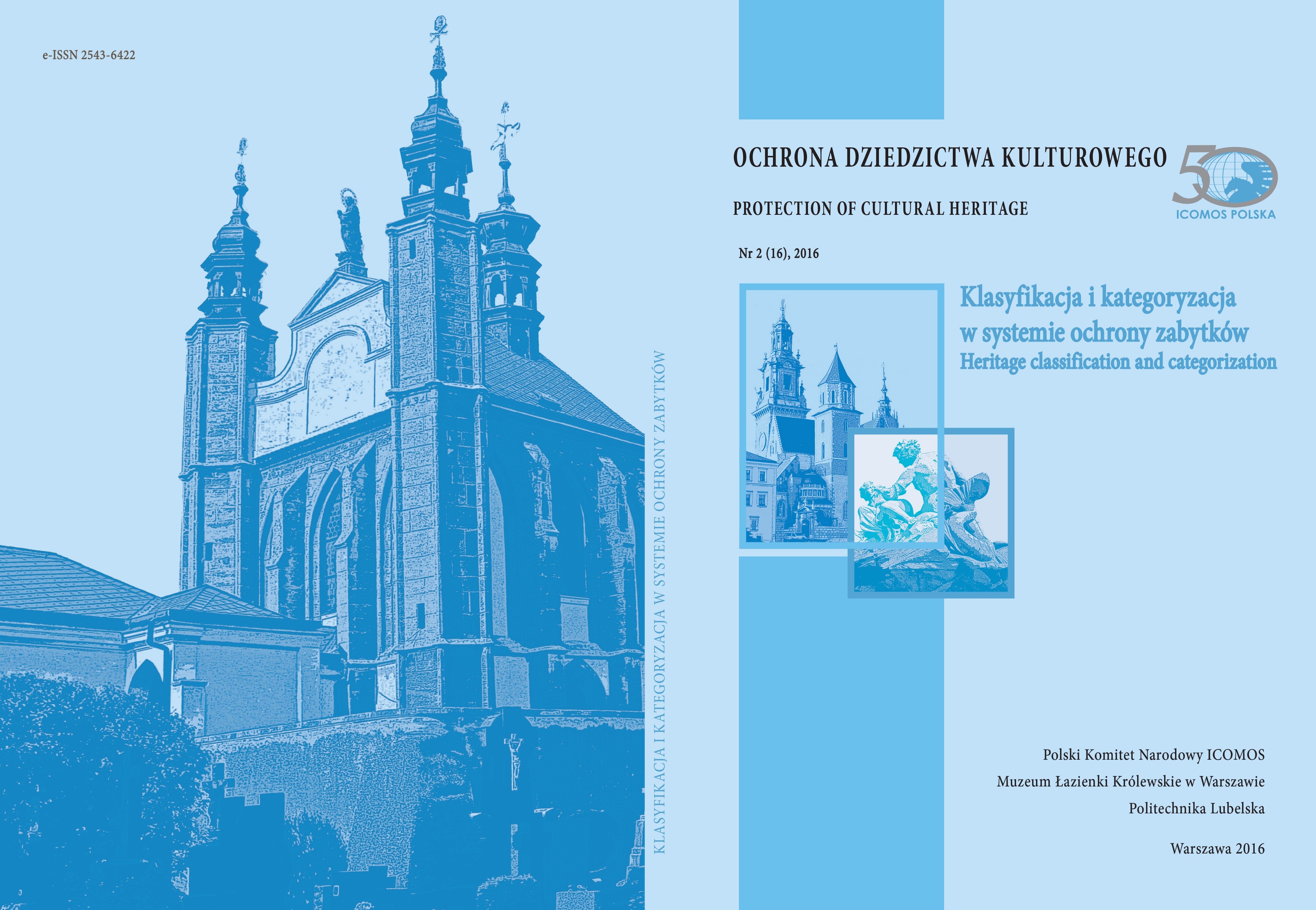Qualification of the value of the monument in the light of the law of the United States of America
Main Article Content
DOI
Authors
Abstract
This article examines value-based selection criteria applied in classification of historic monuments and sites in American legislation. Furthermore, the author of this article arrives at conclusions which could be applied in the Polish provisions of law. In the USA, there are two registers of historic monuments and sites, i.e. National Register of Historic Places and National Historic Landmark Register which consists of buildings, districts, objects, sites, or structures that are officially recognized by the United States government for their outstanding historical significance. In both cases, the requirements which the properties, objects, and sites to be entered into the register must meet are defined very precisely. Moreover, detailed monument valuation criteria, different for each category, can support the decision on listing a monument or site. The author of this article analyses these criteria and concludes that they could provide a basis for developing interpretation guidelines for applying provisions of the Polish Act on Protection and Guardianship of Monuments and Sites. These instructions would help historic preservation officers assess values of properties and sites. Their decisions would be therefore less intuitive and subjective but based on specific criteria. This would result in value assessments being standardised in the entire country.






